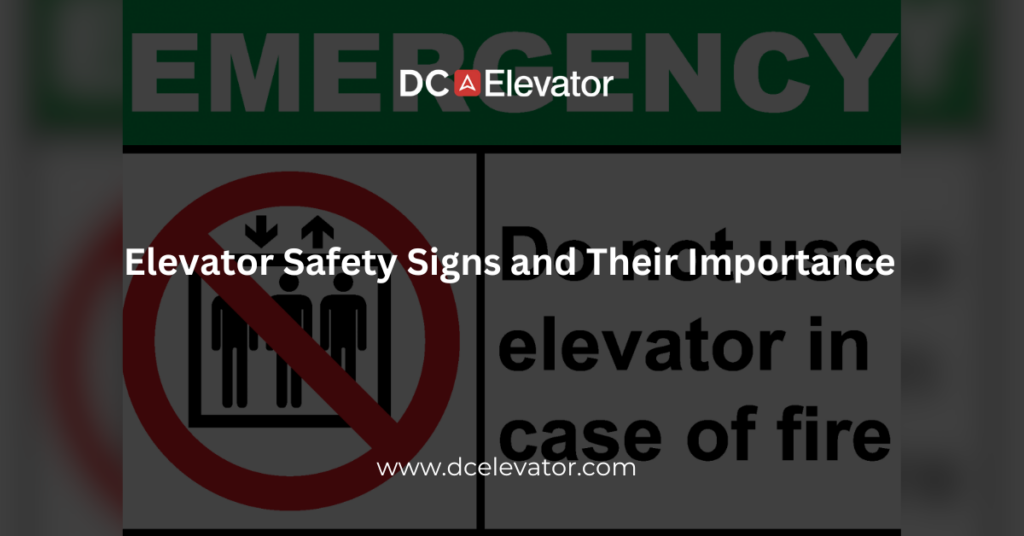Elevators are a ubiquitous part of our daily lives, providing vertical transportation in buildings of all sizes. While these mechanical marvels are designed for efficiency and convenience, ensuring safety within elevator spaces is paramount. Elevator safety signs play a crucial role in this regard, serving as silent guardians that communicate vital information to passengers and maintenance personnel. Let’s delve into the importance of these signs and the critical role they play in enhancing elevator safety.
1. Clear Communication of Guidelines:
- Elevator safety signs communicate essential guidelines and rules to passengers. From weight limits to occupancy restrictions, these signs ensure that individuals using the elevator are aware of the operational guidelines.
2. Emergency Procedures:
- In the event of an emergency, elevator safety signs provide clear instructions on what actions passengers should take. Whether it’s the location of emergency exits, communication with building security, or guidance during a power outage, these signs are crucial for ensuring a safe response.
3. Regulatory Compliance:
- Elevator safety signs are designed in accordance with regulatory standards. Compliance with these standards is not only a legal requirement but also a means of ensuring that elevators operate safely and reliably.
4. Hazard Awareness:
- Elevators can pose various hazards, from closing doors to uneven leveling. Safety signs strategically placed inside and outside the elevator cabin make passengers aware of potential dangers, reducing the risk of accidents.
5. Accessibility Information:
- Elevator safety signs also include information for individuals with disabilities. This ensures that everyone, regardless of physical ability, can use elevators safely and independently.
6. Routine Maintenance Alerts:
- Signs indicating routine maintenance schedules and upcoming inspections are vital for elevator technicians. This information ensures that elevators are consistently monitored and serviced, minimizing the risk of unexpected malfunctions.
7. Enhancing Passenger Confidence:
- Visible safety signs contribute to passengers’ confidence in using elevators. When individuals are well-informed about safety measures, they are more likely to feel secure and at ease during their vertical journey.
8. Emergency Contact Information:
- Elevator safety signs often include emergency contact details. In case of malfunctions, breakdowns, or other urgent situations, passengers can quickly access the necessary support.
Conclusion: Elevator safety signs are not merely symbols; they are silent communicators of crucial information that ensures the well-being of those using these vertical transport systems. By adhering to safety guidelines and regulations, these signs contribute significantly to creating a secure and reliable elevator experience for everyone. Elevator safety is a shared responsibility, and these signs play a pivotal role in fostering a culture of awareness and caution.
